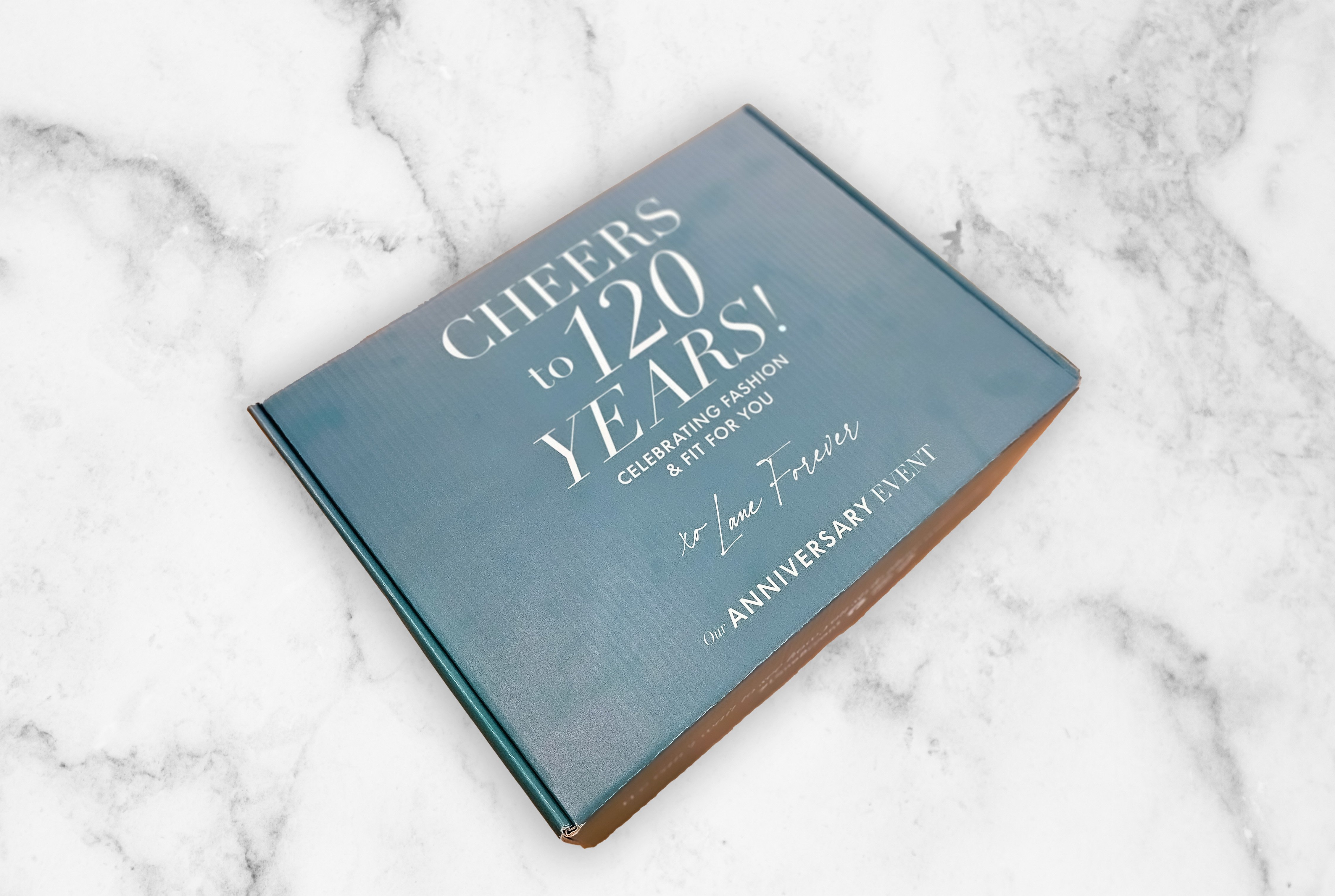
Taylor helped Lane Bryant celebrate 120 years with custom packaging that sparked influencer excitement and unboxing buzz nationwide.
Use the versatility of flexible packaging to increase customer convenience by designing custom packaging specifically for the size and shape of your products.
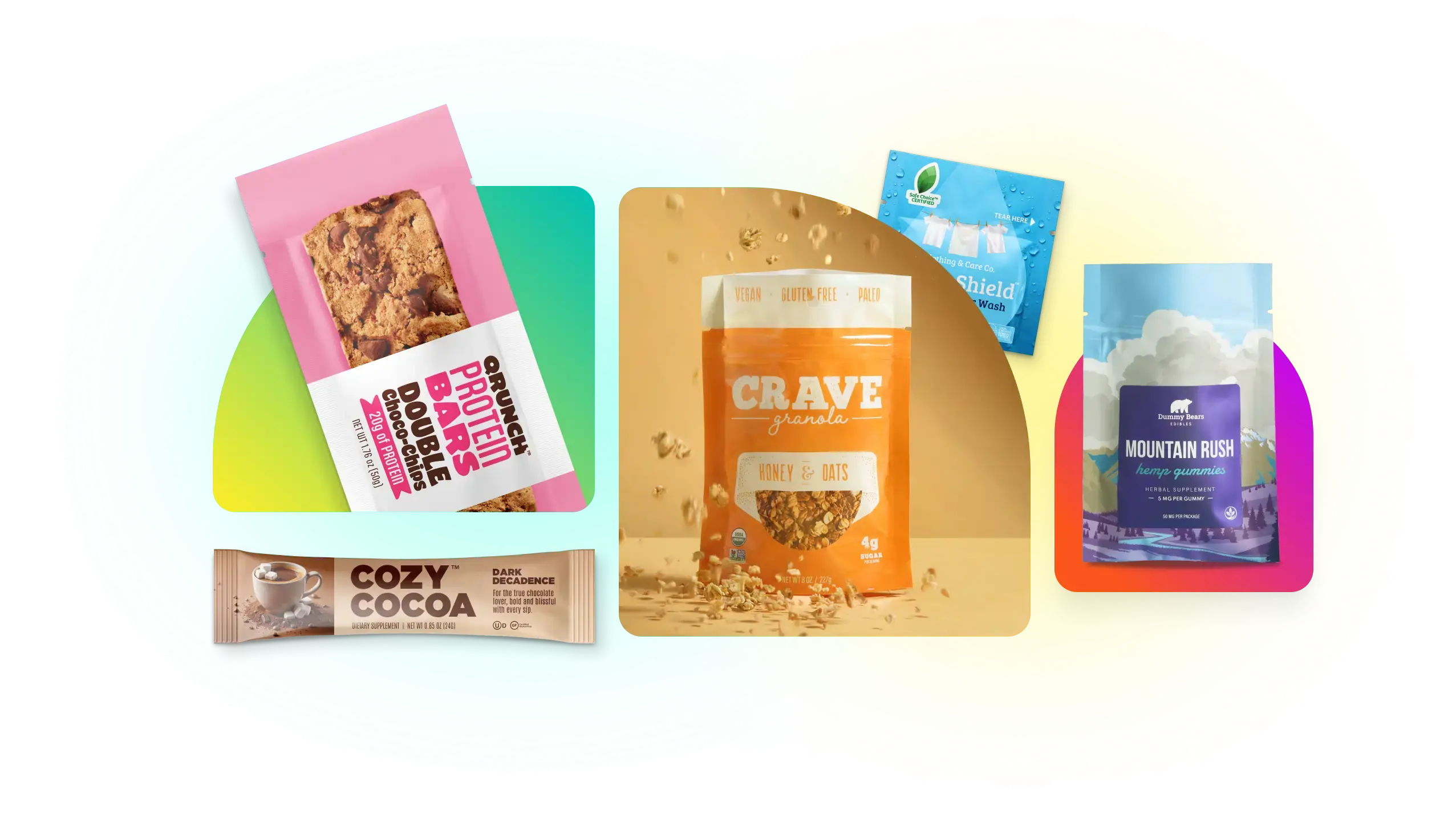
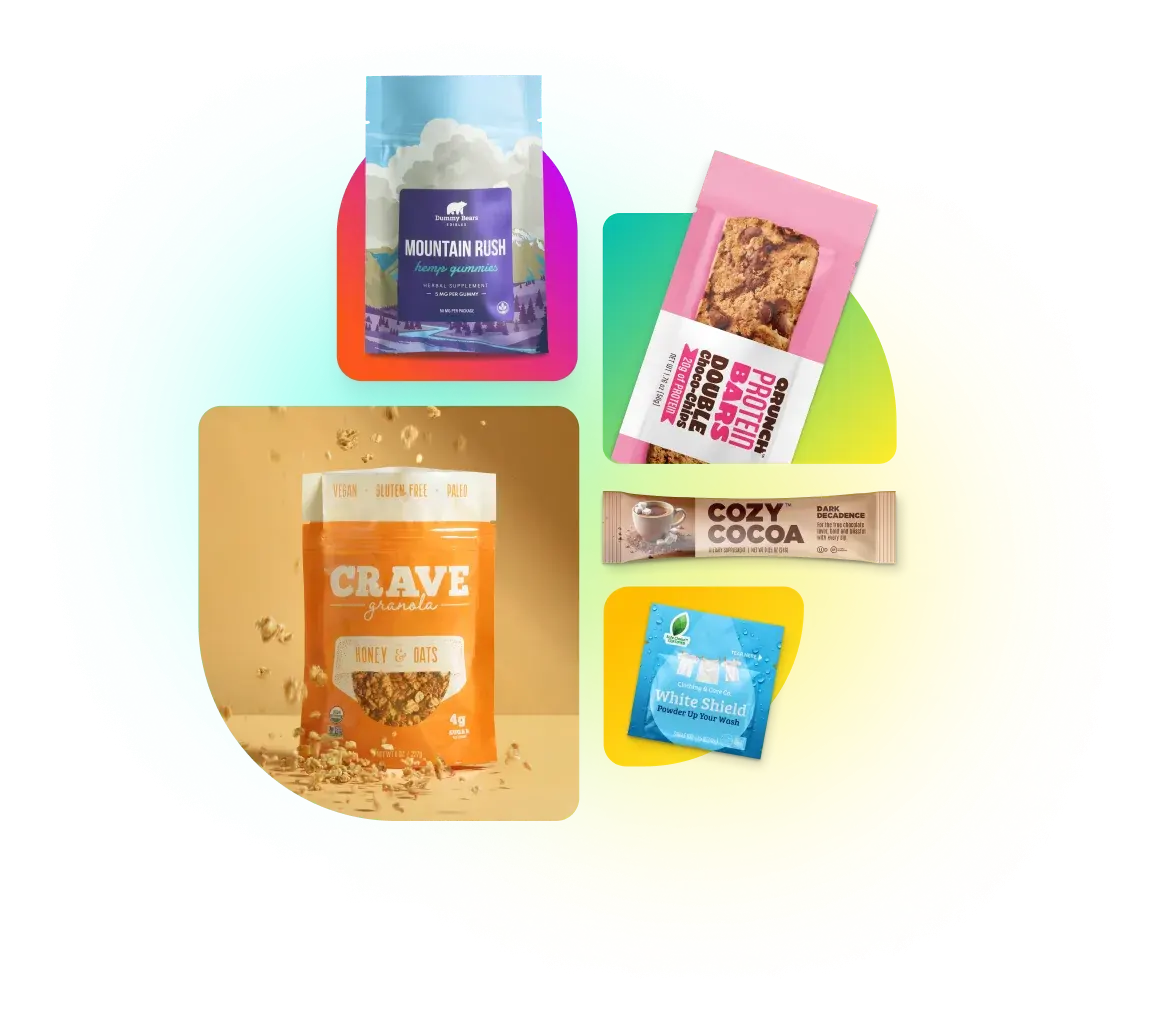
Change the way you present and protect your products.
Flexible packaging is highly adaptable and can be customized to meet your
exact requirements. No matter the size or shape of your product, there is an
appealing and functional flexible packaging option for you.
Grow your business with innovative flexible packaging solutions.
Flexible packaging is highly portable. It improves the consumer experience as it allows consumers to easily carry it wherever they go.
The resealable design of flexible packaging allows for convenient storage, while high-barrier film materials help preserve product freshness.
The high product-to-package ratio of flexible packaging means less resources and materials are needed for manufacturing and transportation.
Flexible packaging showcases vivid printing that makes your brand stand out on the shelf, increasing customer awareness and recognition.
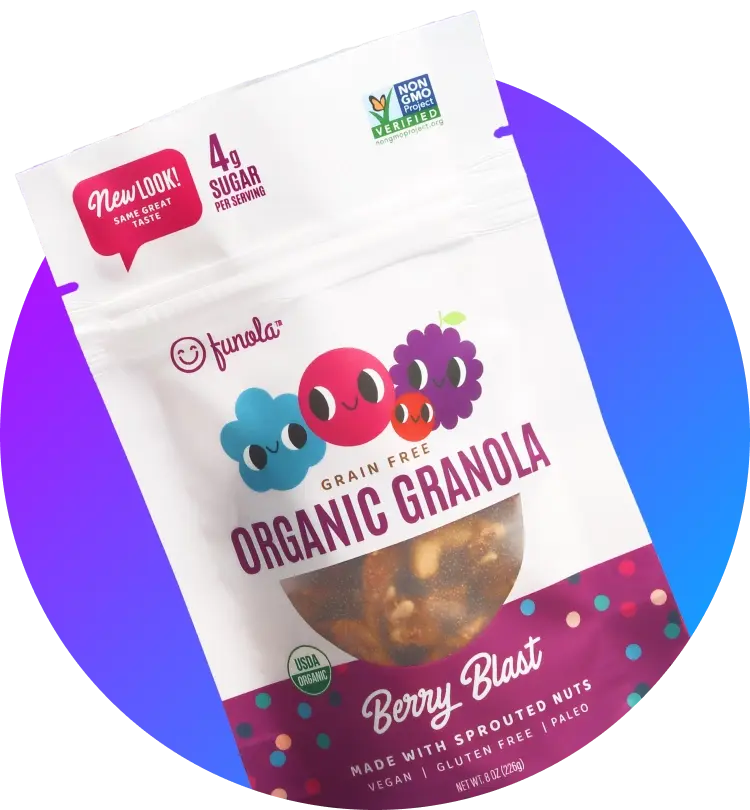
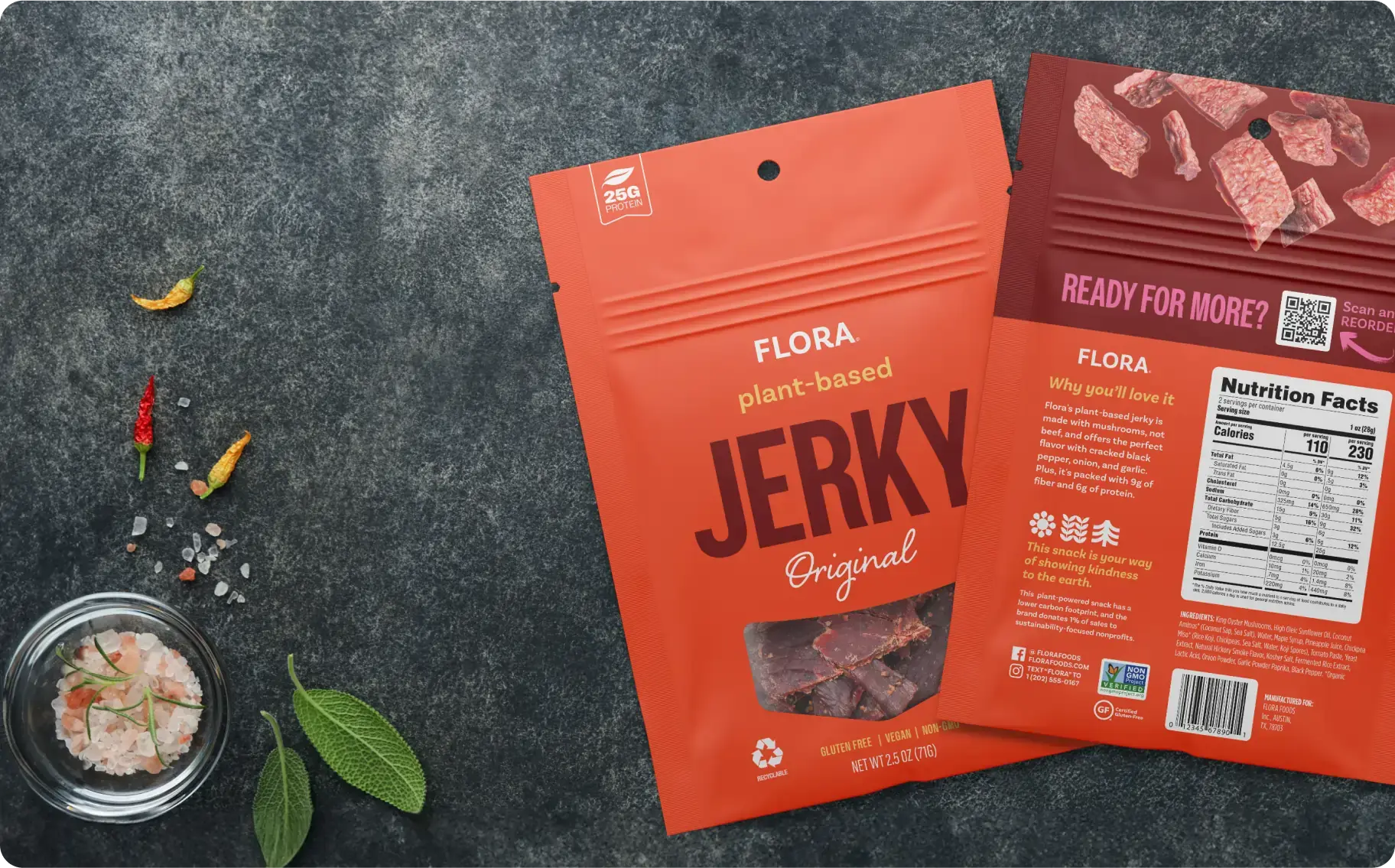
The versatility of flexible packaging is introducing several
significant trends reshaping the packaging market.
Digital production makes it possible to bring physical products to life using the interactive capabilities of mobile devices.
Variable printing technology simplifies traceability and allows you to track the lifecycle of an individual product
Flexible packaging is a more eco-conscious packaging solution, helping to reduce your environmental footprint by being more recyclable and compostable.
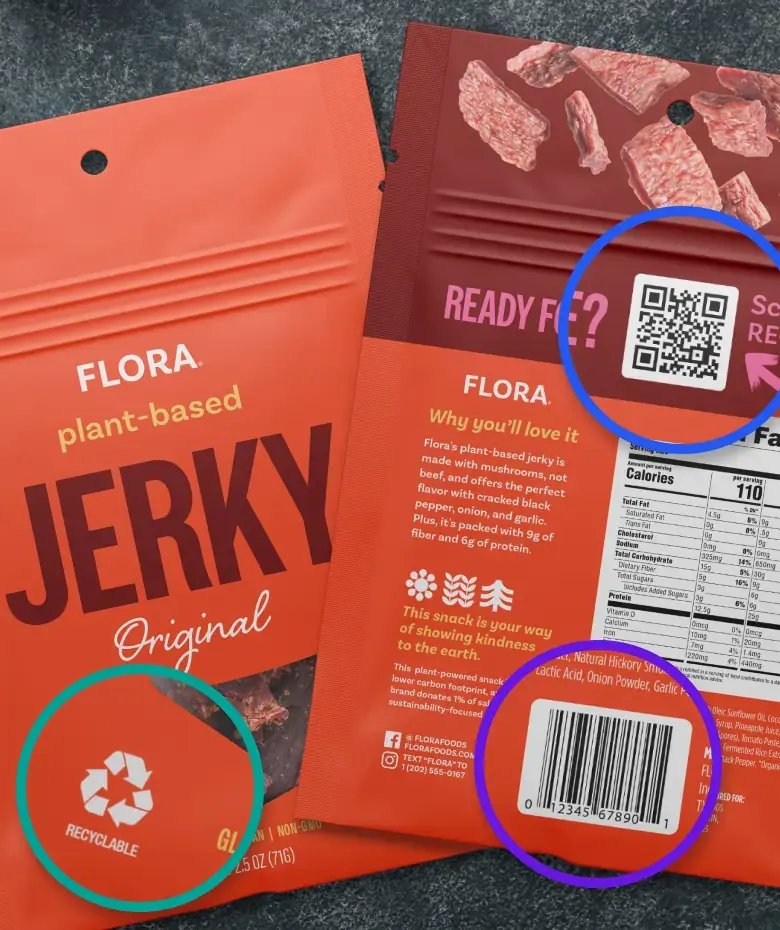
Taylor specializes in flexible packaging with custom-designed sizes and
pouches, packs, and wrapper styles. We’re your one-stop shop for all
your flexible packaging needs.
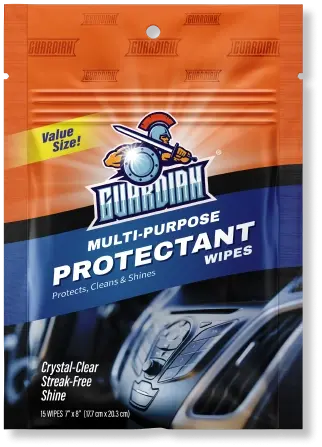
Lay flat pouches are durable and protect against moisture, oxygen and other elements. They're compact and easy to store, while at the same time providing you with opportunities to use eye-catching imagery and list additional information.
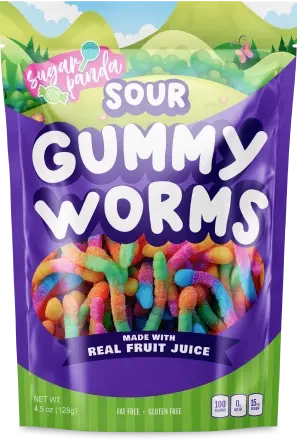
Stand up pouches are versatile, practical, and provide excellent shelf appeal. Constructed with durable materials and special folds known as gussets that allow the pouches to stand upright, they maximize space, ensure freshness and improve convenience.
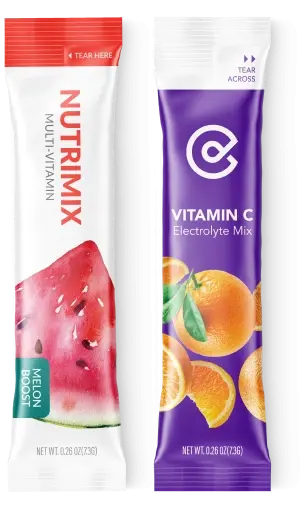
Stick packs are narrow, tube-like pouches used for single-serve applications. Exclusively used for automated filling, stick packs are compact, easily stored and transported, and give users a mess-free dispensing experience.
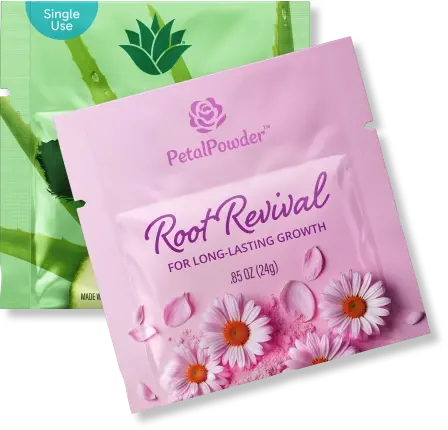
Sachet packs are used for the same products as stick packs and provide many of the same benefits, but their construction is different. Flat and rectangular, they have a 3-sided seal (3SS), and can be used for automated filling or pre-formed for manual filling.
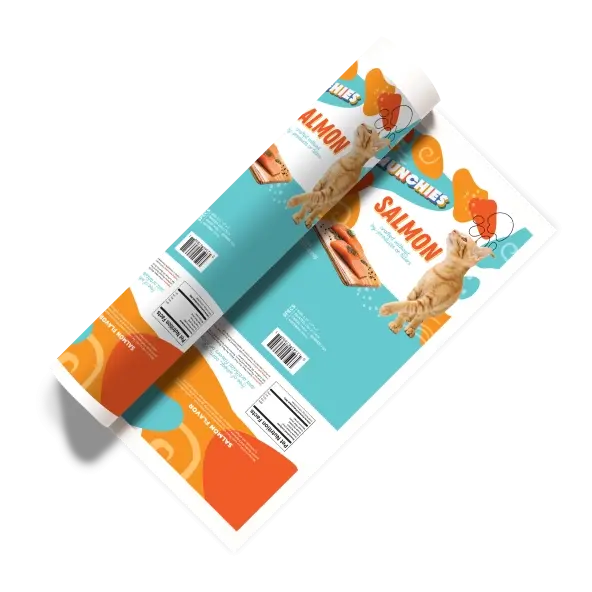
Flexible roll stock packaging is used for high-speed production lines due to its adaptability and efficiency. Printed roll stock allows for extensive customization in size, shape and design, and can be transformed into an array of finished packaging products.
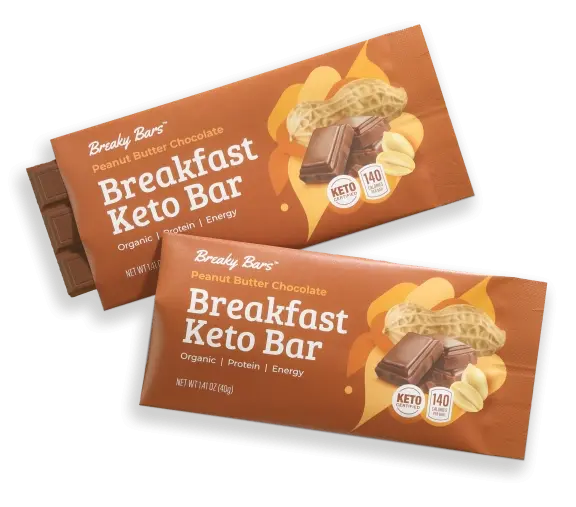
Bar wrappers are a popular flexible packaging choice for many reasons. They maintain freshness and quality, and can be customized with graphics and branding elements, making them both an attractive packaging solution and a marketing tool.
Samples and certification letters are available upon request. See why Taylor is an industry-leader in
flexible packaging.
Flexible packaging offers several environmental benefits that make it a great choice for companies
looking to reduce waste and use more sustainable packaging.
Thin and lightweight, flexible packaging requires dramatically less plastic than rigid packaging.
Flexible packaging production is responsible for significantly lower overall greenhouse gas emissions.
Fewer fossil fuels are consumed in the production and transport of flexible packaging.
Considerably less water is used in flexible packaging manufacturing.
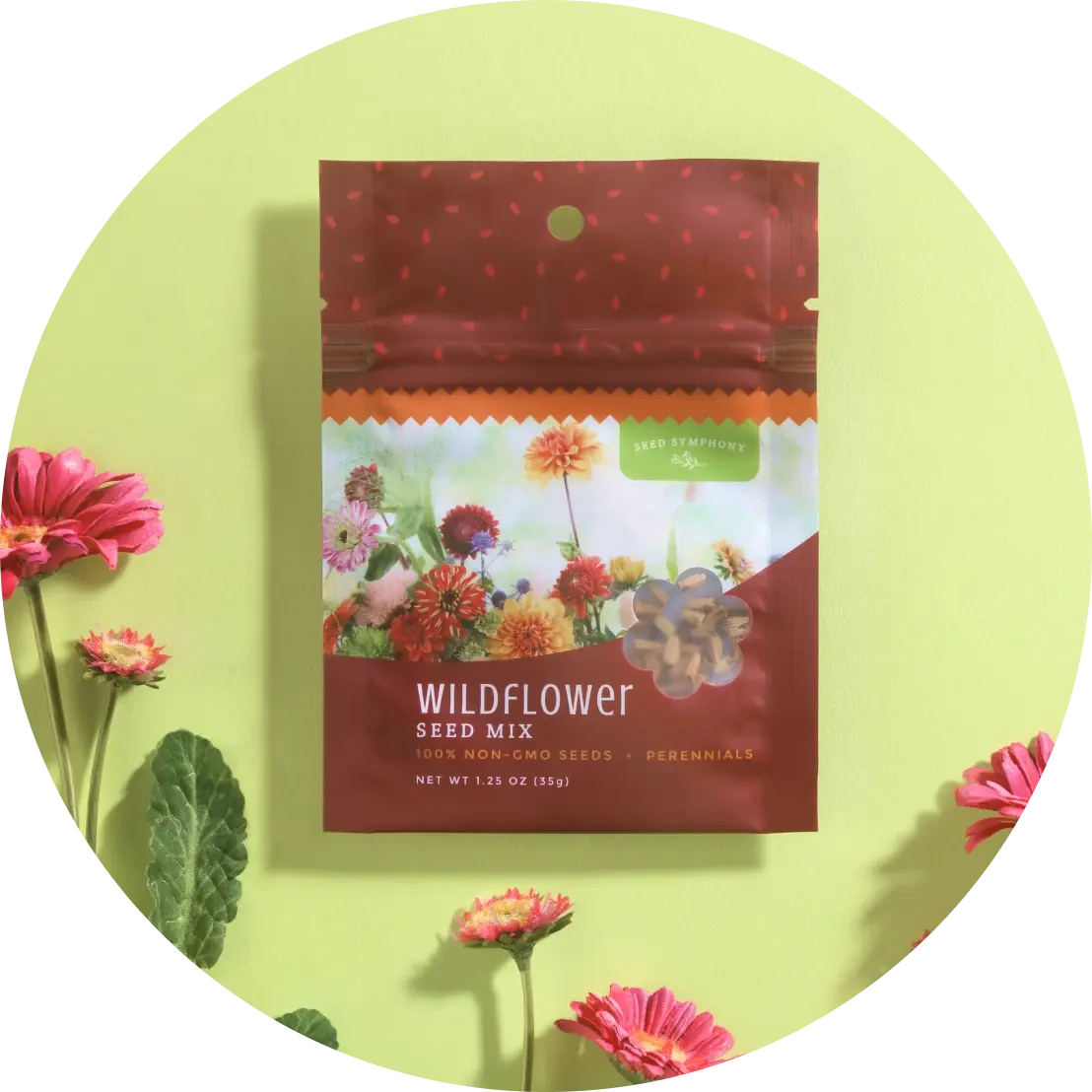
Flexible packaging closures are an essential piece of enhancing product usability and longevity. These
closures both ensure products remain safe and fresh while giving consumers the convenience of an
easy resealing process.
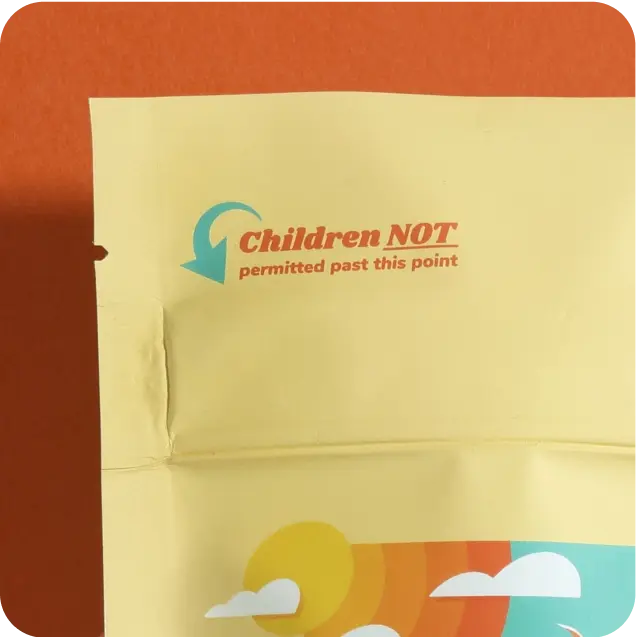
Child-resistant closures are used anytime access to the product inside must be controlled for added safety. These closures have been tested to conform with the U.S. Consumer Product Safety Commission (CPSC) standards regarding Poison Prevention Packaging.
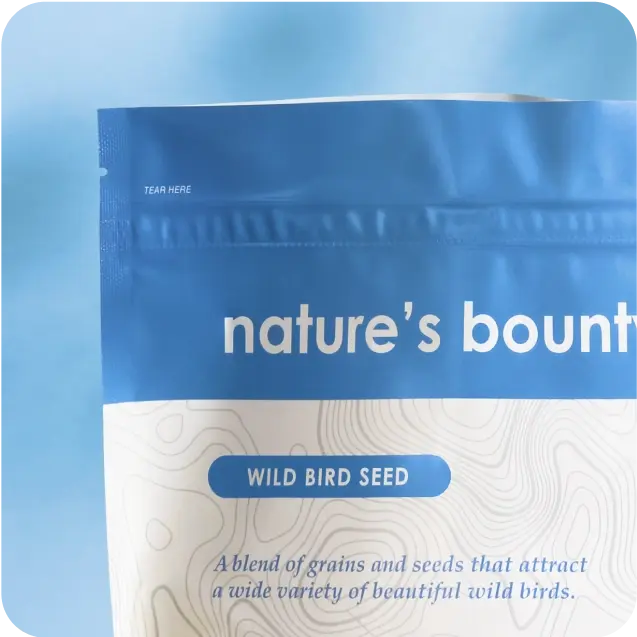
Press-to-close zippers are the most common type of flexible packaging closure. Zippers are economical to produce and easy to use, and preserve the freshness of products. They can also be tailored to meet specific requirements, and used with a wide range of packaging types.
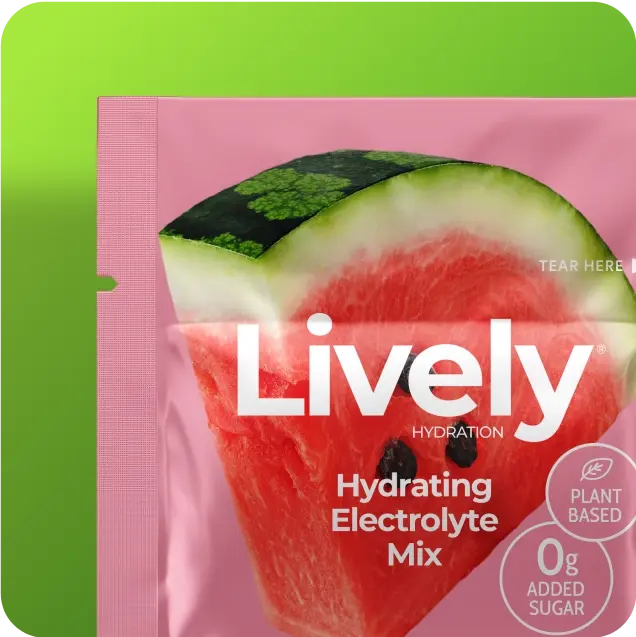
Heat seals are a secure and reliable closure method for various types of flexible packaging, using heat and pressure to form a strong airtight and watertight seal. If you don’t want to use a zipper, heat sealing is a great alternative. Pre-made heat-sealable films are perfect for customizing with additional coatings and inks.

Hook-to-hook closures use a VELCRO®-like zipper that does not require precise alignment for sealing. This zipper is known as powder-proof, featuring micro-hooks that seal even with powder and crumbs in the way.
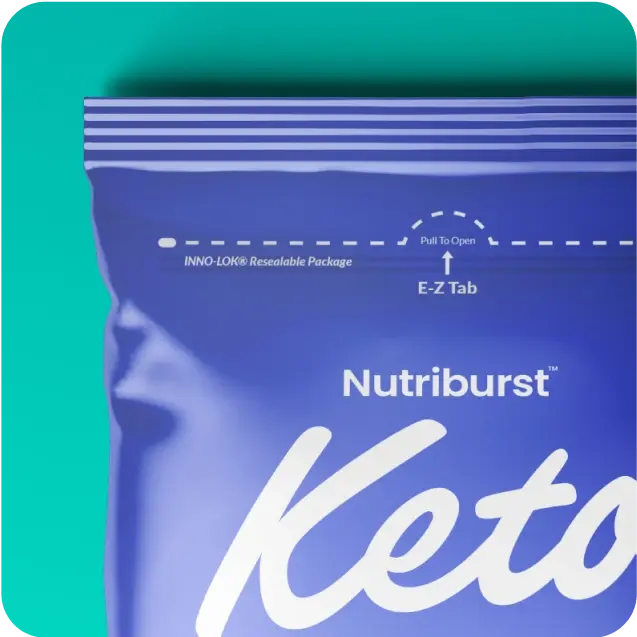
Zip-Pak’s patented Inno-Lok closure uses pre-zippered flexible packaging film to increase production line flexibility, preserve product freshness and prevent spoilage.
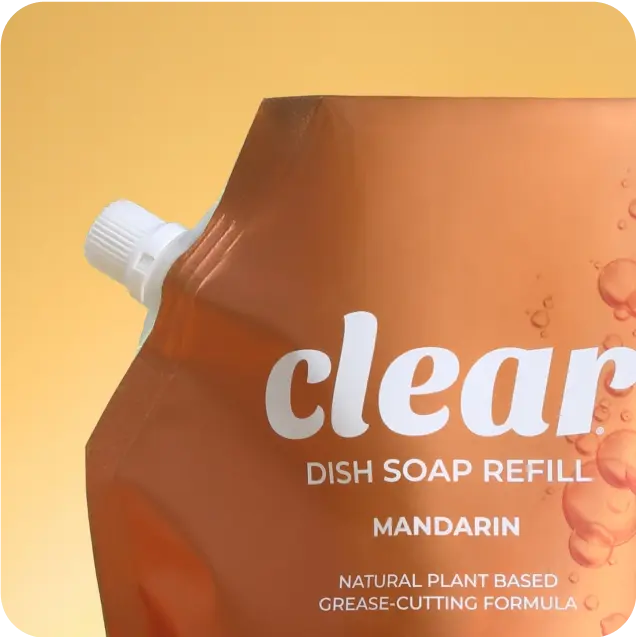
Spouts can be added to flexible packaging for easy, mess-free pouring. Refillable and re-closable spout closures can be used for many different styles and shapes of pouches.
Custom flexible packaging printing uses advanced printing technology to apply
vibrant graphics onto your packaging material, making each package an
opportunity to deliver vital information and build interest among consumers.
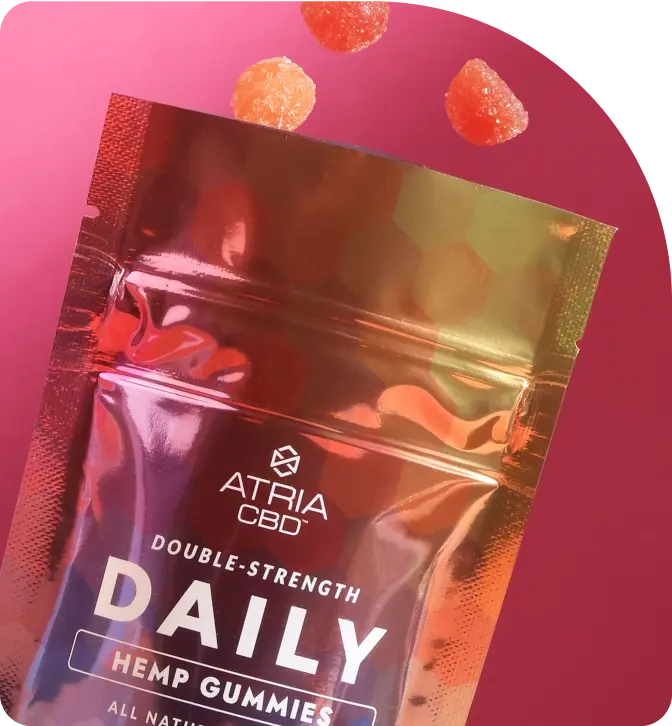
Taylor’s industry-leading printing technology provides the flexibility and scalability needed to produce flexible packaging specifically for your business.
Flexographic printing, or flexo printing, is used for flexible packaging due to its versatility and efficiency.
Digital printing is becoming more and more popular for flexible packaging because of the creative freedom it offers.
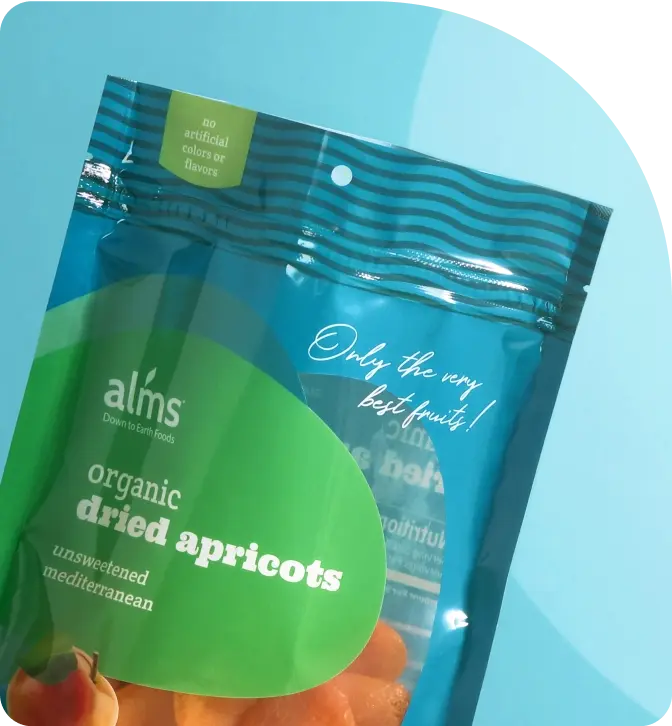
Our flexible packaging utilizes a variety of films and substrates to meet your barrier properties and durability and flexibility requirements.
Also known as opaque, white film has the ability to block light, which helps protect light-sensitive products.
Clear film is transparent so the product inside can be seen. Its barrier properties preserve quality and freshness.
Metalized film’s barrier properties protect against oxygen and moisture, extending shelf life for an array or products.
Cosmetic and stick pack films have a high barrier for contaminant resistance, and can seal through powder without losing strength.
Pre-laminated films , known as pre-lams, can be surface-printed or post-printed, and all rolls are slit to exact requirements.
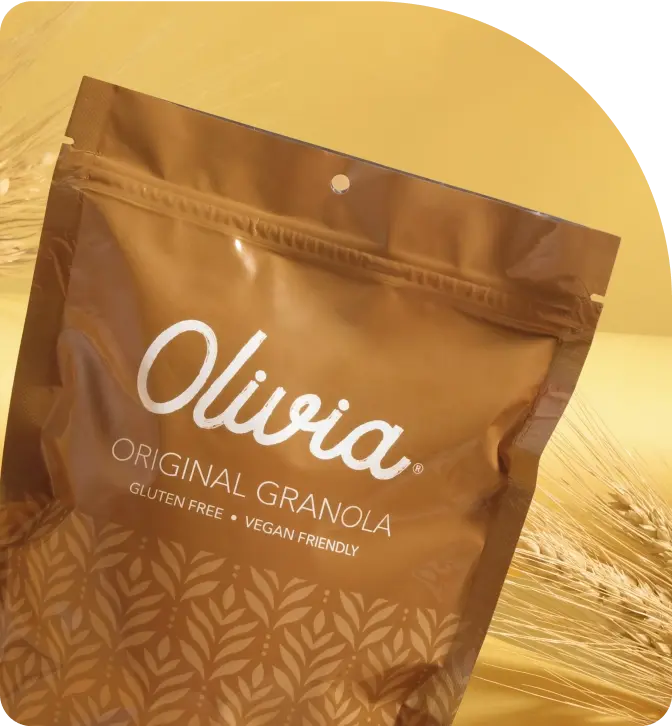
Taylor’s capabilities let you add finishing touches to your flexible packaging that enhance appearance, improve functionality and boost shelf appeal.
Soft-touch coatings give packaging a non-reflective and velvety feel.
Gloss finishes provide your packaging with a shiny, reflective surface.
Lamination provide extra durability and protection against moisture and wear
Digital flexible packaging gives your organization the opportunity to provide more personalized
marketing and branding strategies. It also creates short-run packaging at lower costs, making it a great
option for limited-edition products or seasonal offerings.
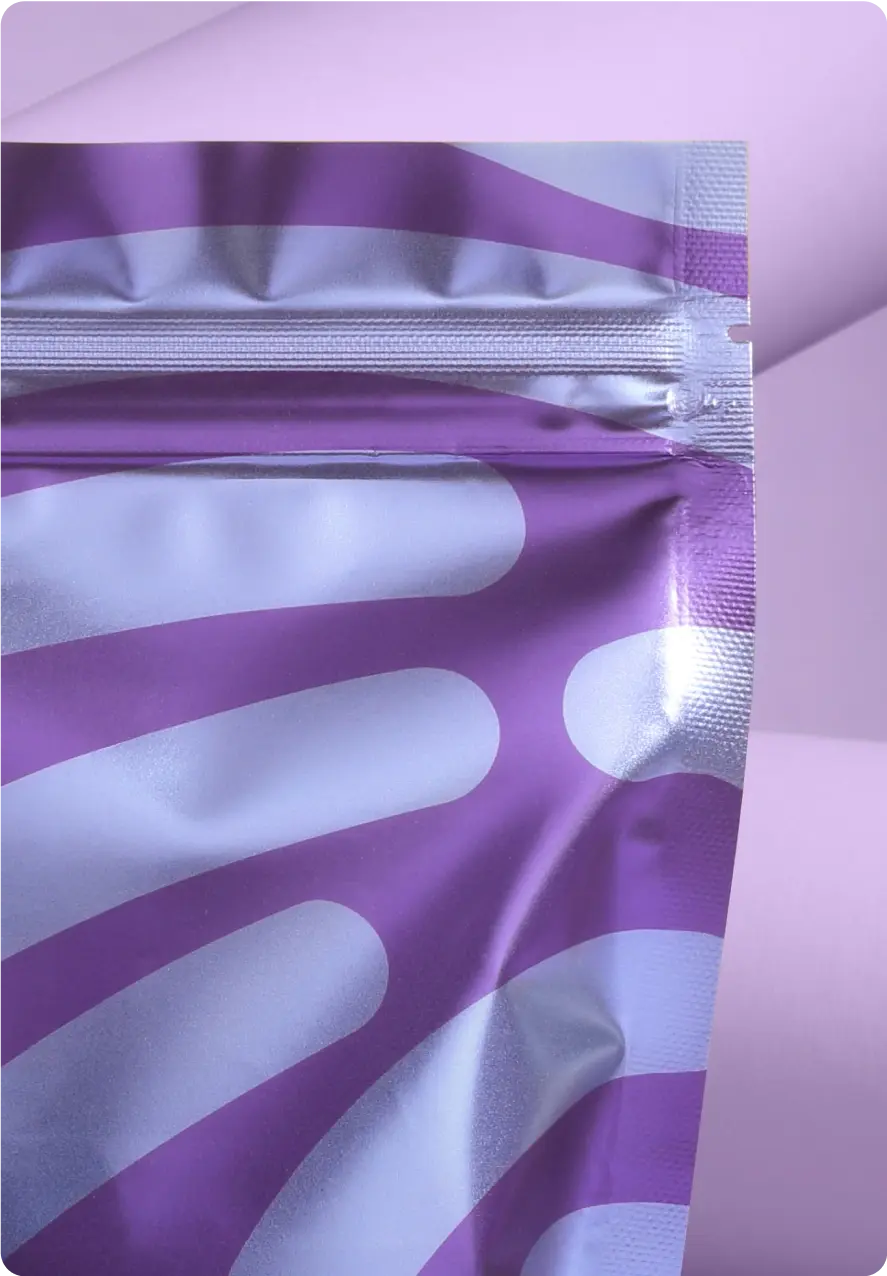
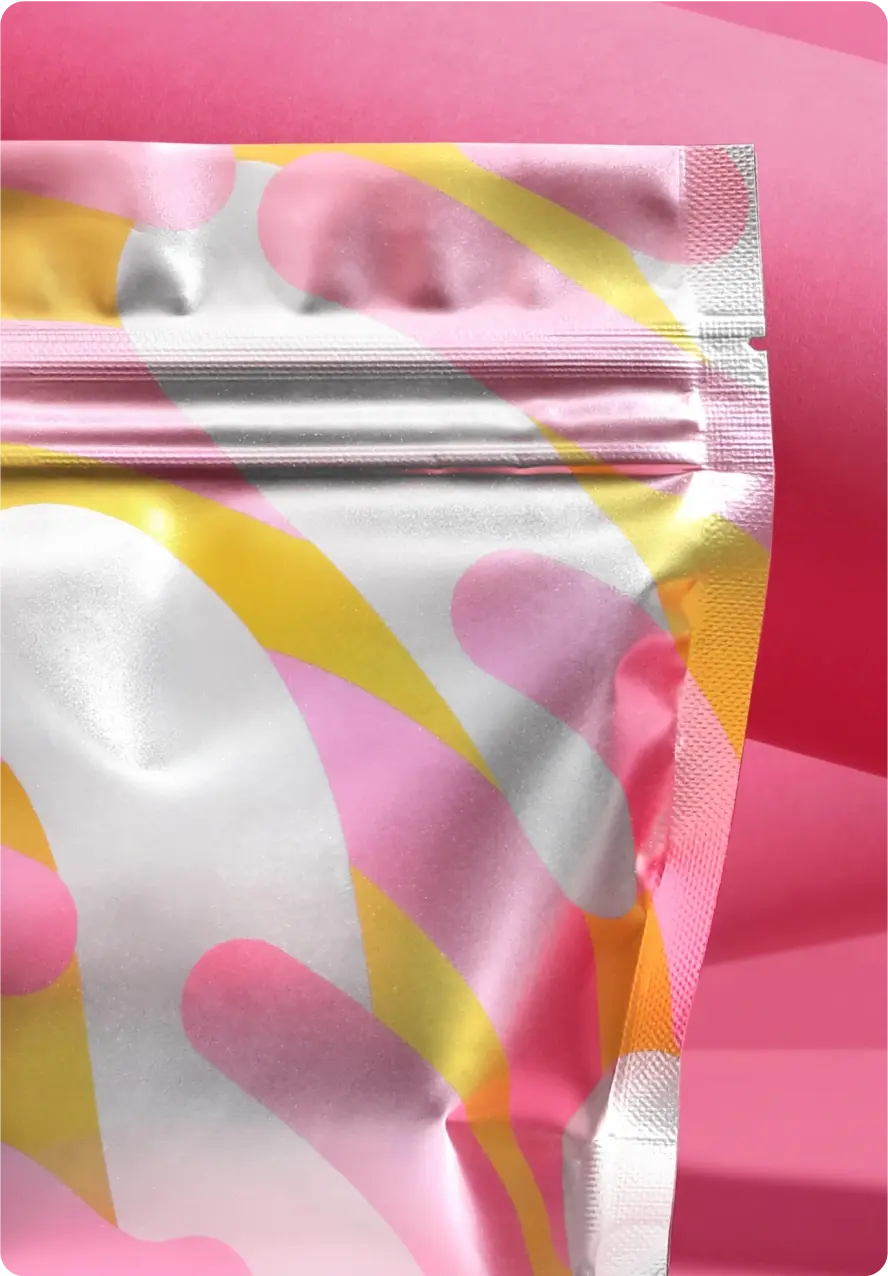
Digital packaging makes personalized experiences possible on a large scale. Variable text allows for 1:1 personalization and software enables variations in package design elements.
Digital production makes physical products interactive using the capabilities of mobile devices. QR codes and augmented reality (AR) can be used to add a new dimension to packaging.
Digital printing technology lets marketers use packaging as a larger piece of their overall strategy. Without high order requirements, packaging can become another form of advertising.
Find everything you need to design and produce custom flexible packaging
through a single source. Taylor’s flexible packaging services ensure your
pouches, packs, bags and wrappers are accurately produced, arrive on time and
stand out on the shelf.
Taylor’s flexible packaging printing capabilities offer both long and short-to-medium production runs. We ensure your pouches, packs, bags and wrappers are accurately produced and arrive on time.
Our packaging experts use industry-leading technology and rigorous testing processes to develop custom flexible packaging solutions that protect your products and convey your brand’s message to your customers.
Taylor offers stocks and materials for both automated and manual filling. We’ll partner with you or your co-packers to provide trial rolls in order to find the best fit for your packaging and printing requirements.
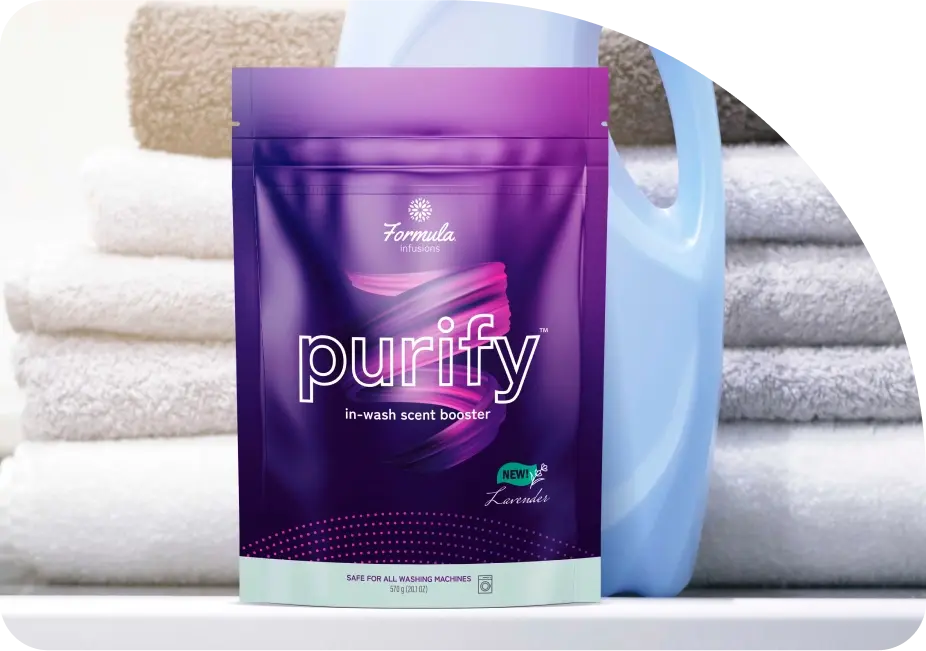
When it comes to advertising and storing consumer packaged goods (CPG), flexible packaging plays a crucial role. Flexible packaging is durable and convenient for protection and transportation, and highly customizable and innovative for brand awareness and messaging.
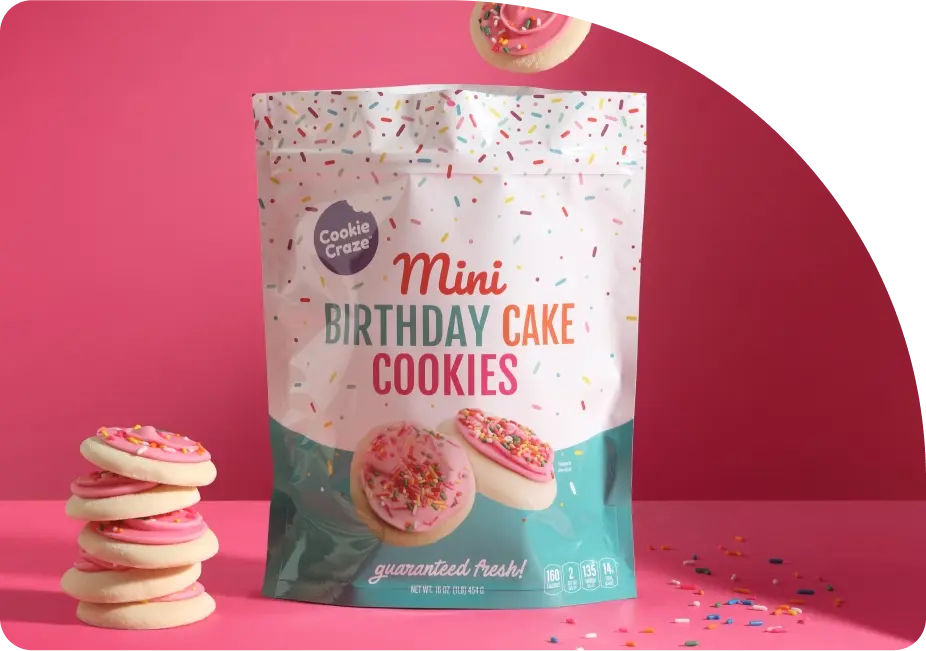
Flexible packaging preserves the freshness of food, snacks and drinks for longer periods with protective barriers, and increases convenience for consumers with compact sizes and user-friendly features like resealable zippers and spouts.
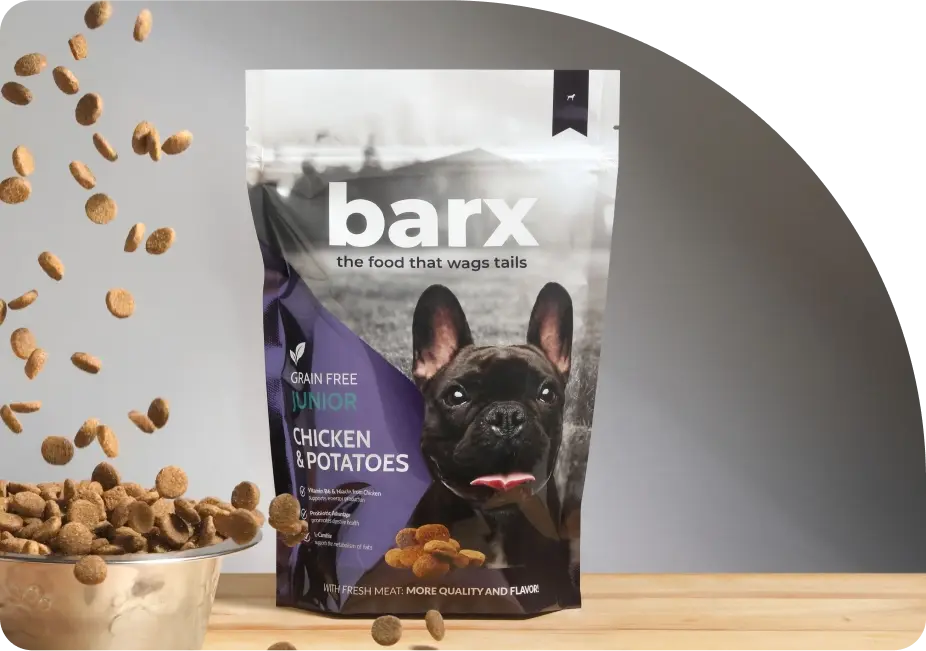
Pet food and snacks are ideal products for flexible packaging. High-barrier films protect the products inside while preventing any off-odors or tastes, and provide branding opportunities to convey the ingredient information and dependability that pet owners look for.
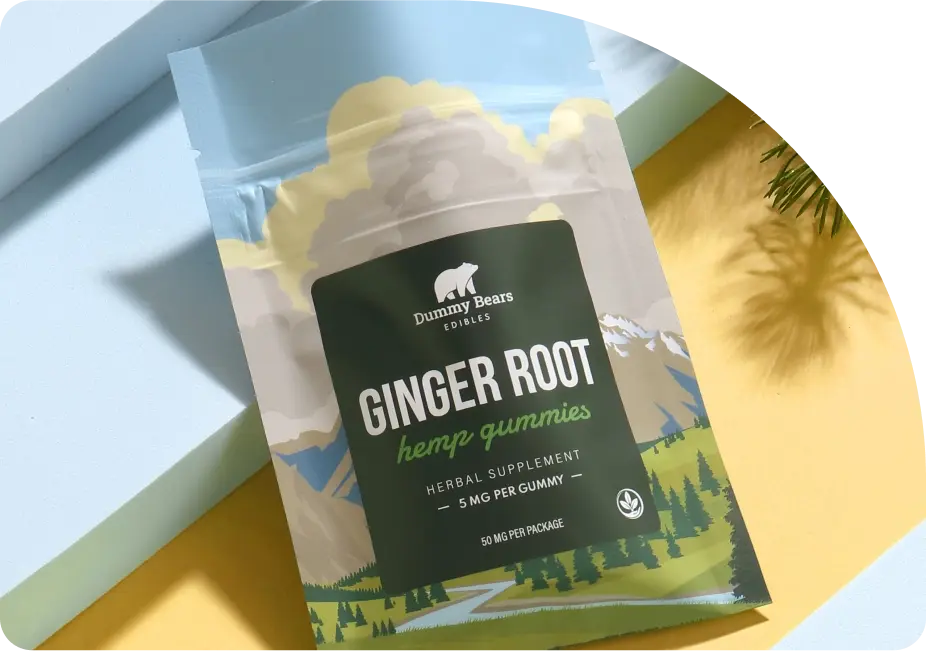
Flexible packaging enables cannabis distributors to balance product security and potency alongside compliance wording and eye-catching designs. Flexible packaging provides an array of options for flower, edibles, gummies and concentrates.
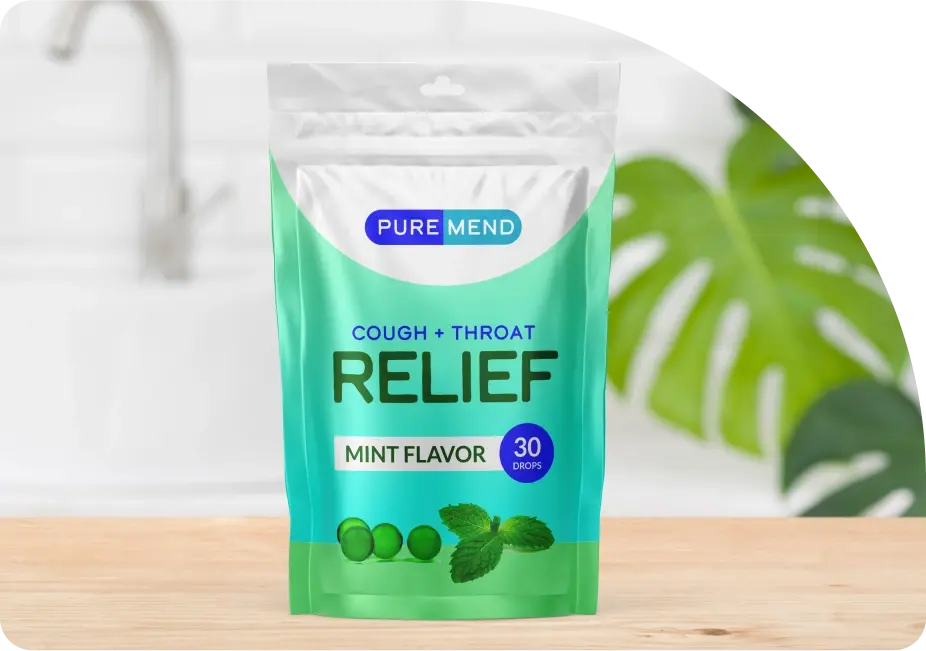
The pharmaceutical industry has embraced flexible packaging for a wide variety of products. Pouches, stick packs, sachets and bags meet the diverse needs of pharmaceuticals including individually sealed dosages, creams, gels, ointments, and both liquid and solid medications.
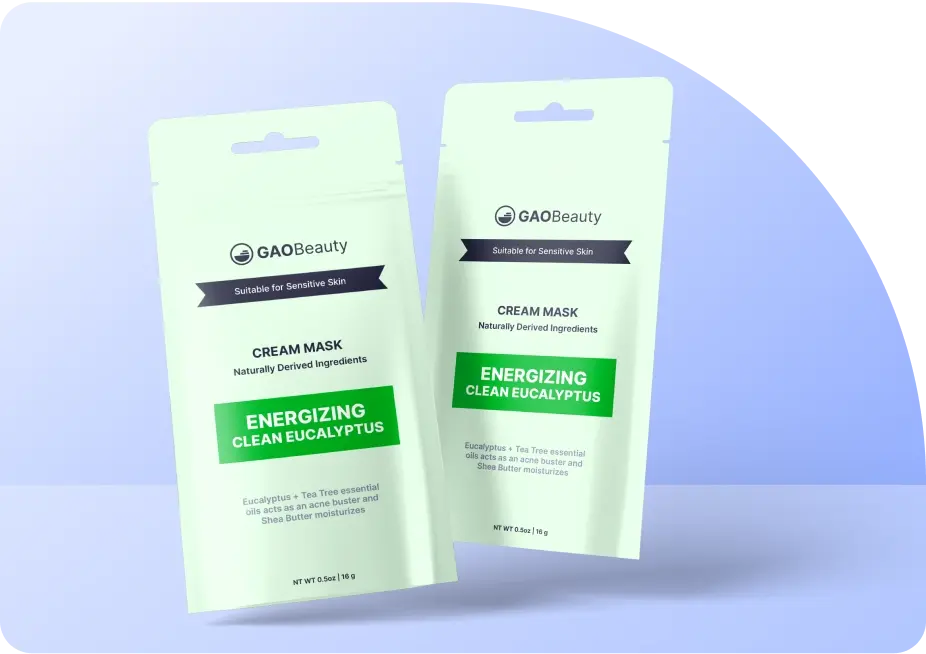
Flexible packaging benefits the health and beauty industry with convenient, lightweight and easy-to-use options. This includes sachets and pouches products like shampoos, lotions and creams, tubes for toothpaste and gels, and pouches for powders and even some liquids.
Taylor’s flexible packaging solutions feature FDA-approved contact barriers and is certified to meet CFR16.1700.20 for Poison Prevention Packaging as required by multiple domestic states and Canada.

Taylor helped Lane Bryant celebrate 120 years with custom packaging that sparked influencer excitement and unboxing buzz nationwide.
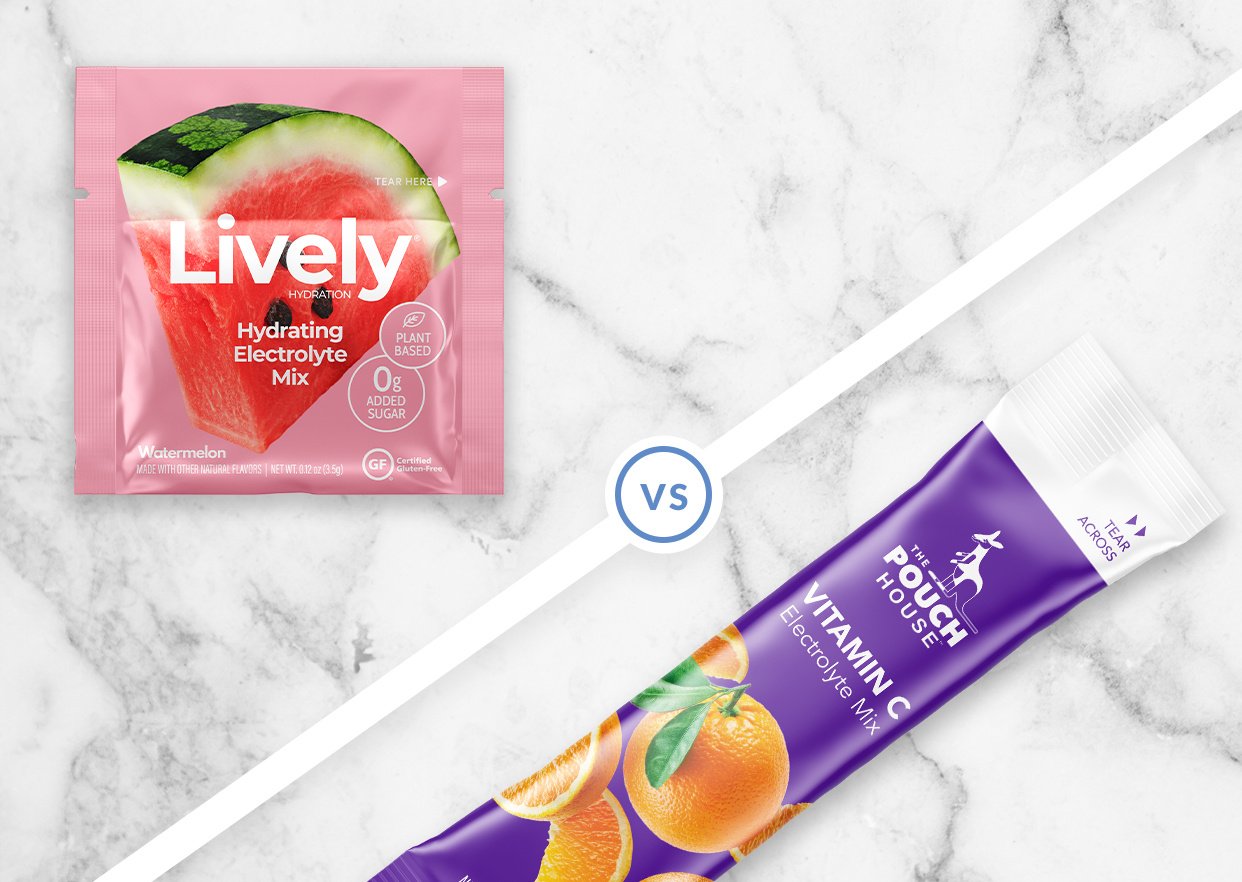
Stick packs and sachet packs are two forms of flexible packaging that are ideal for single-serve, on-the-go use of consumer packaged goods
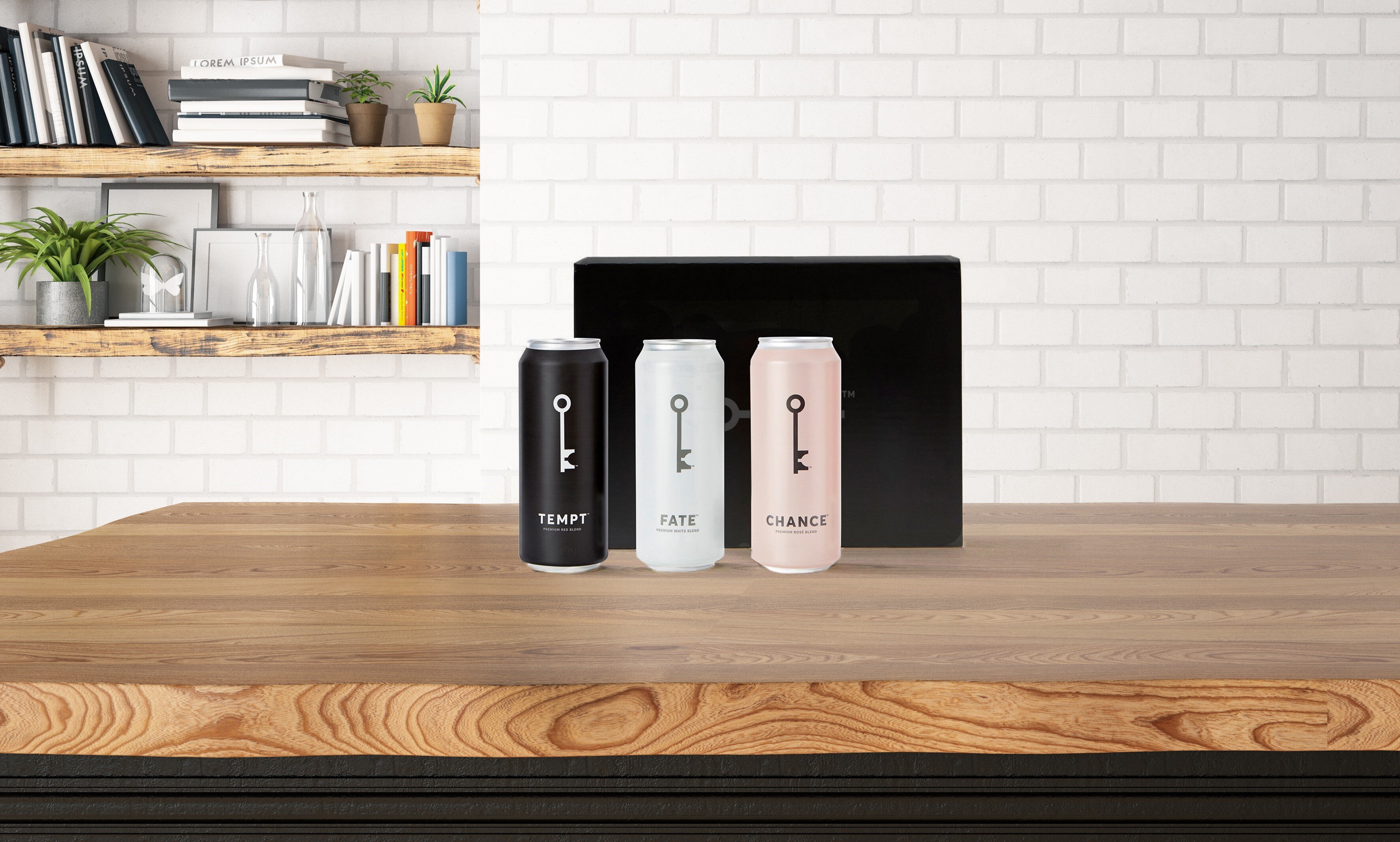
WineSociety™ needed unique can labels fast. Taylor’s Prime Labels team delivered innovative printing solutions in two weeks, ensuring a successful lau...
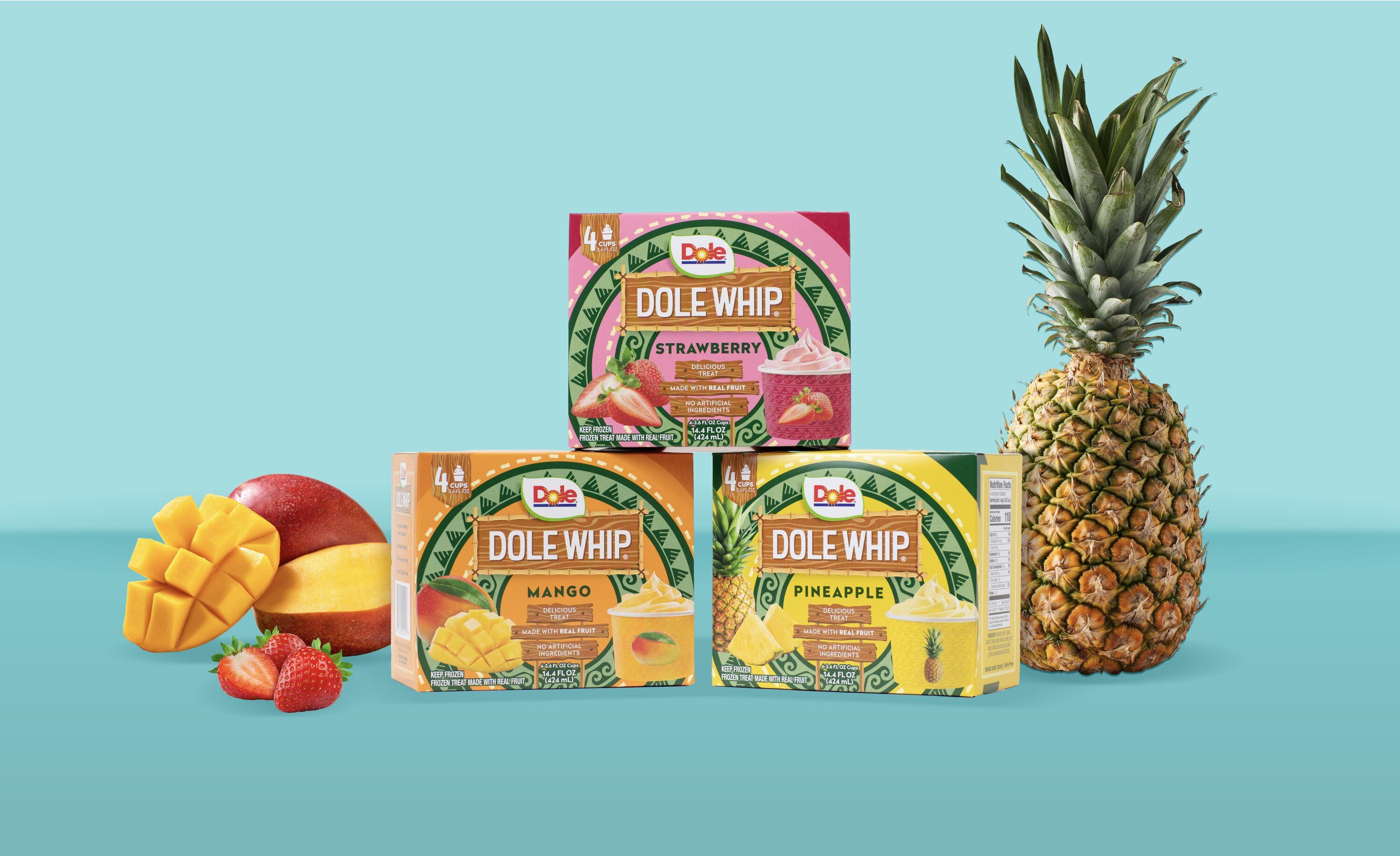
Taylor used its folding carton packaging expertise to provide the fast, scalable solution Dole needed to extend distribution.
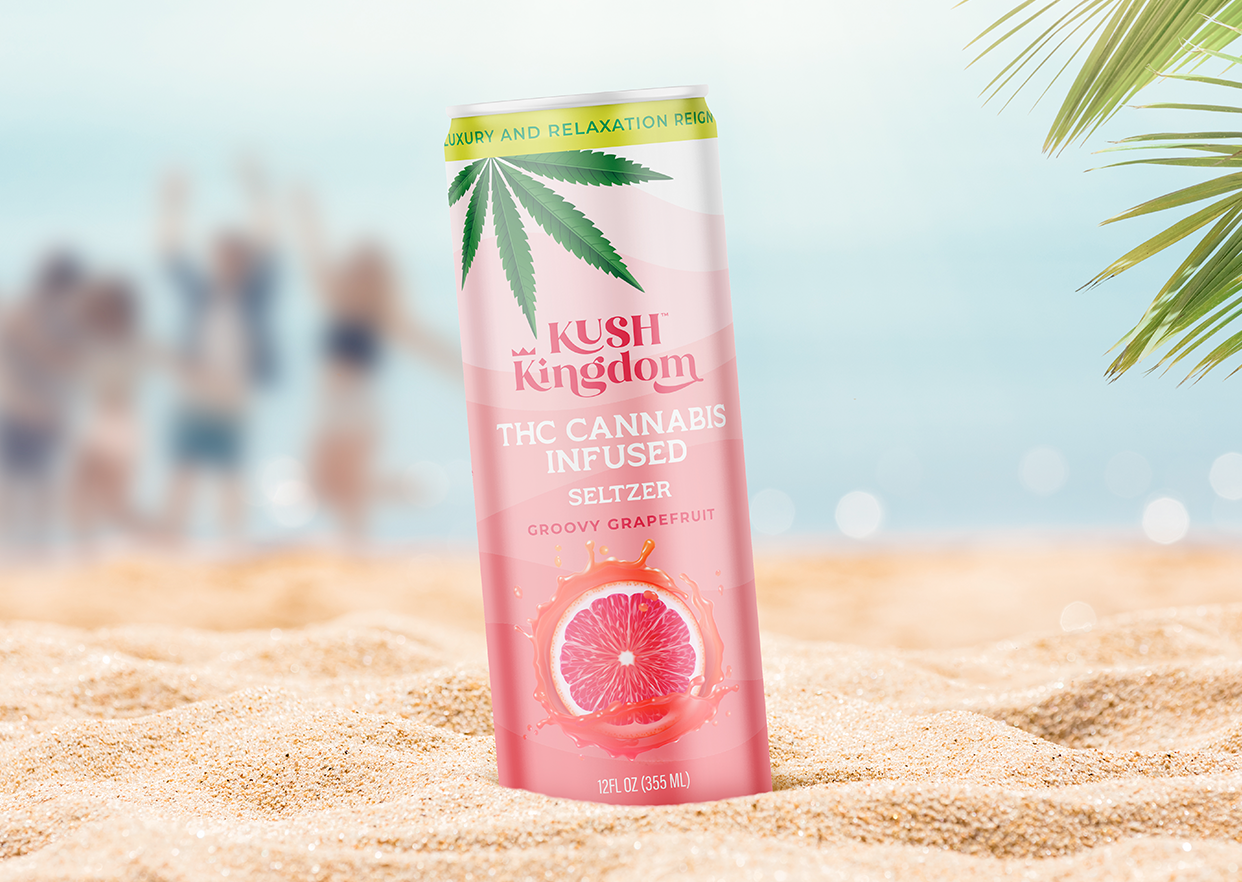
Shrink sleeves offer increased shelf-appeal, brand protection and versatility compared to pressure-sensitive labels and other forms of packaging.
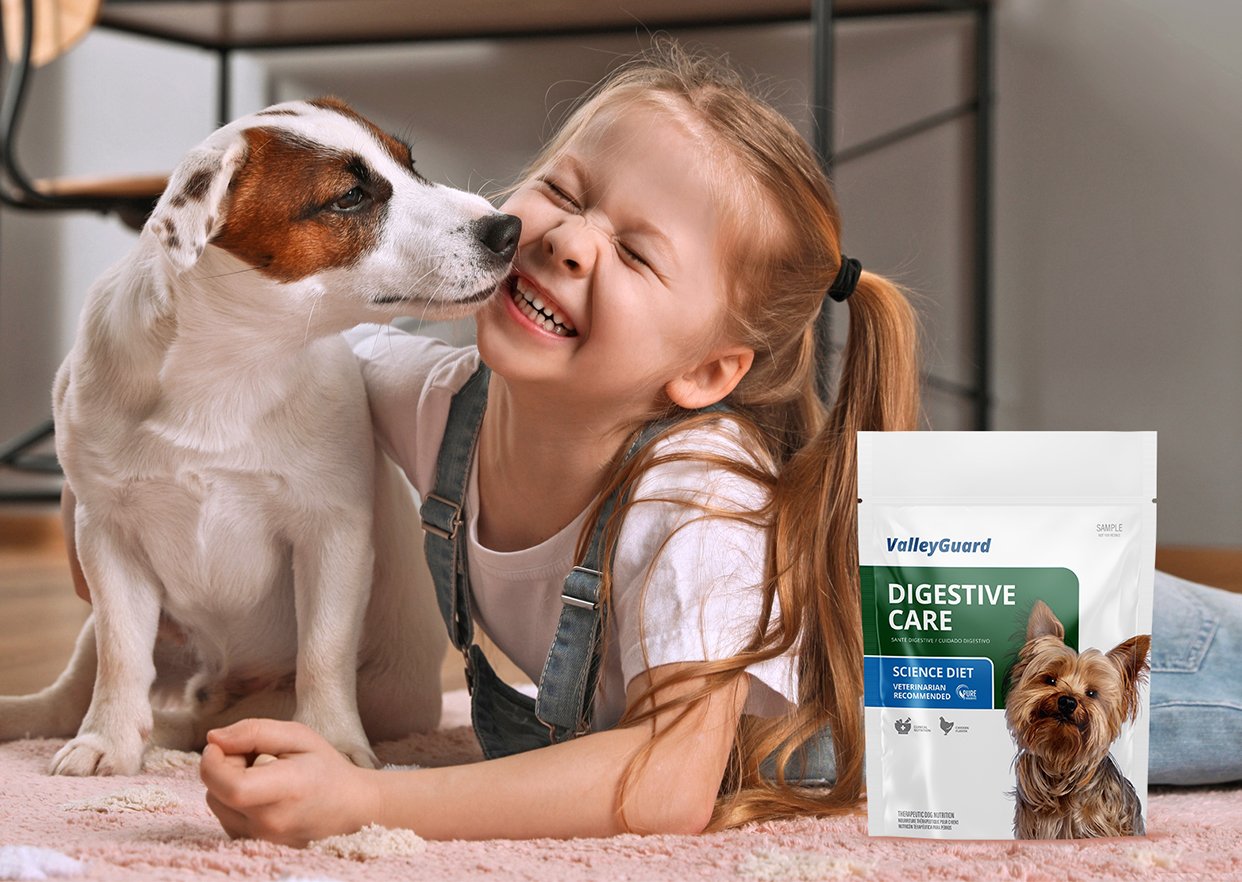
Packaging formats including flexible pouches, shrink sleeves and pressure-sensitive labels are well-suited to the packaging of pet products.
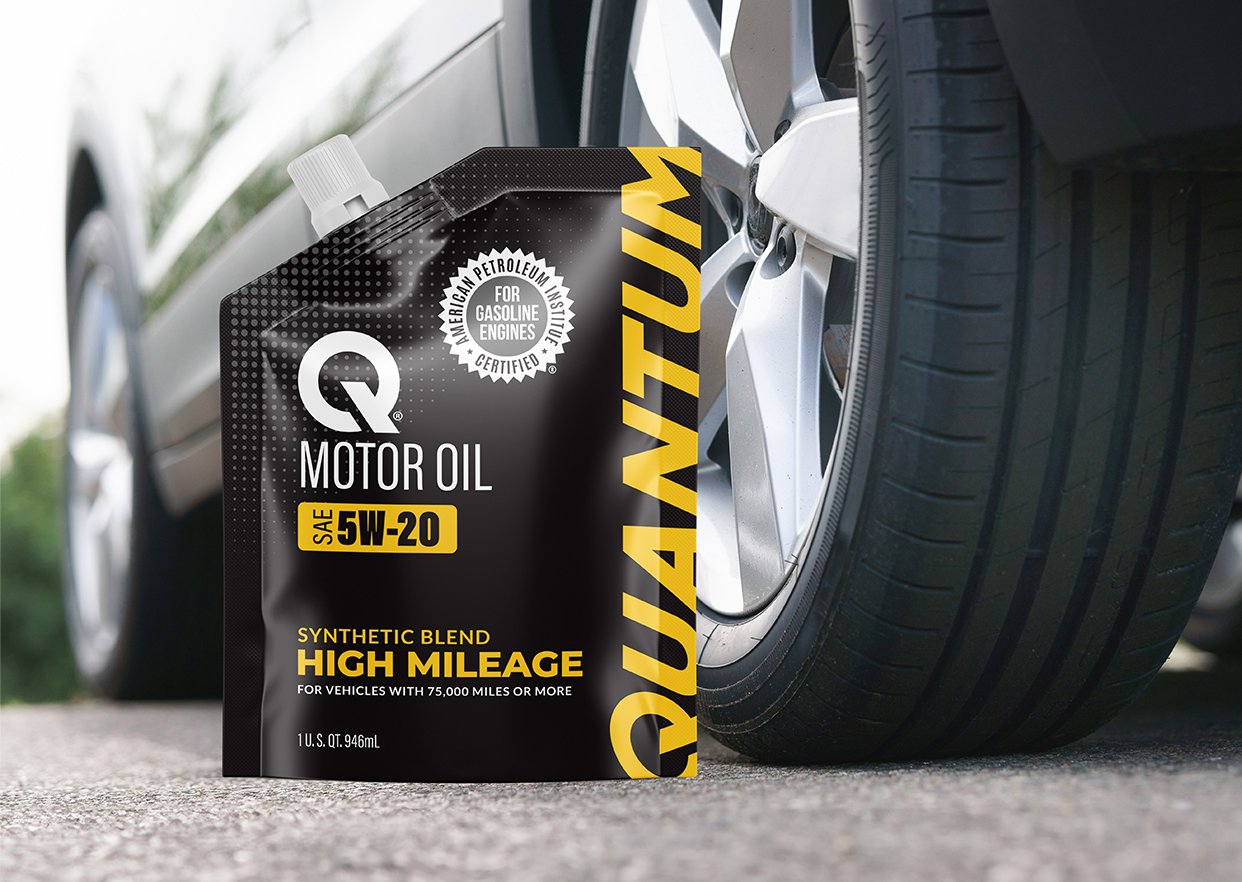
Spouted pouches are a form of flexible packaging that is ideal for petroleum products like motor oil and other petroleum-based automotive fluids

In addition to QR codes, NFC chips and nanotechnology, RFID smart packaging technology is fueling growth in the labels and packaging industry
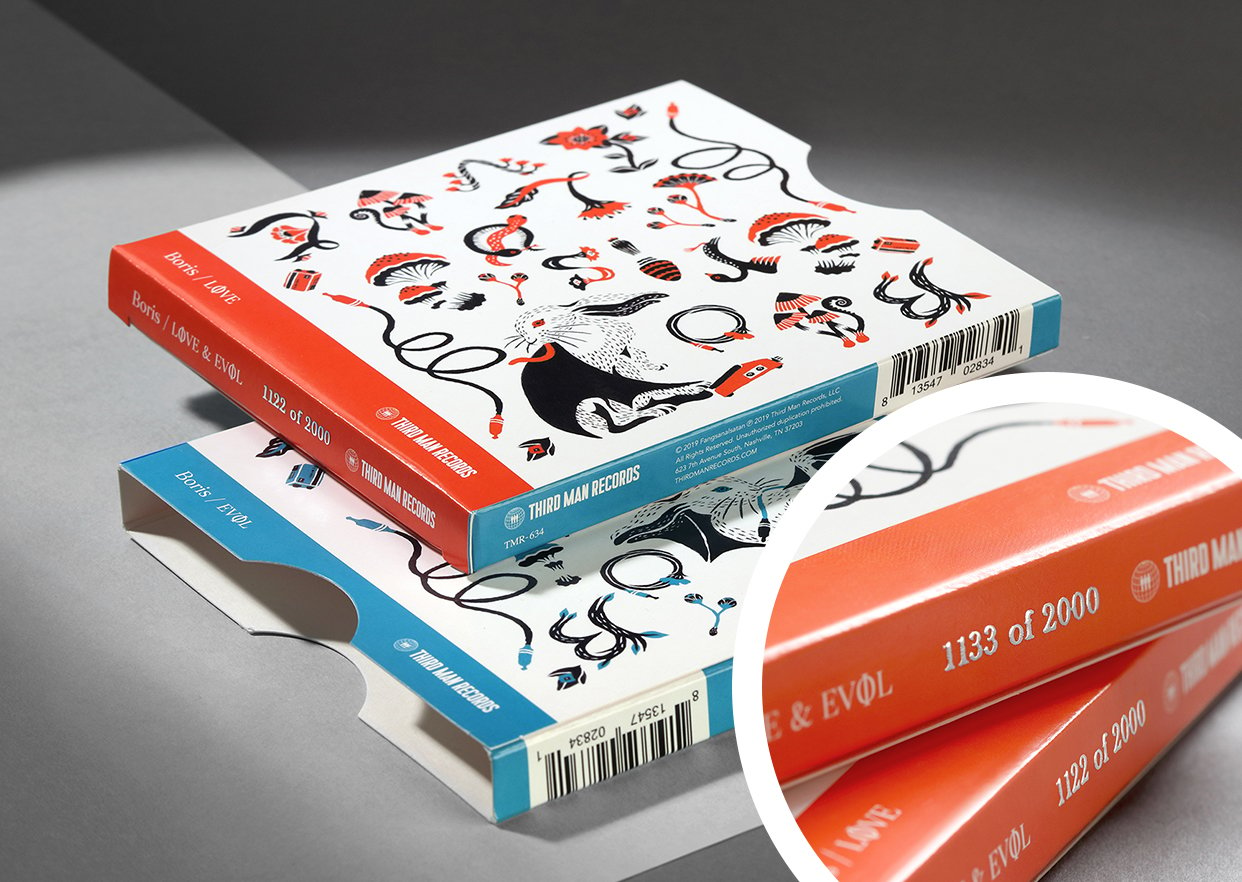
Folding carton packaging made from paperboard can be used to build brands for consumer packaged goods
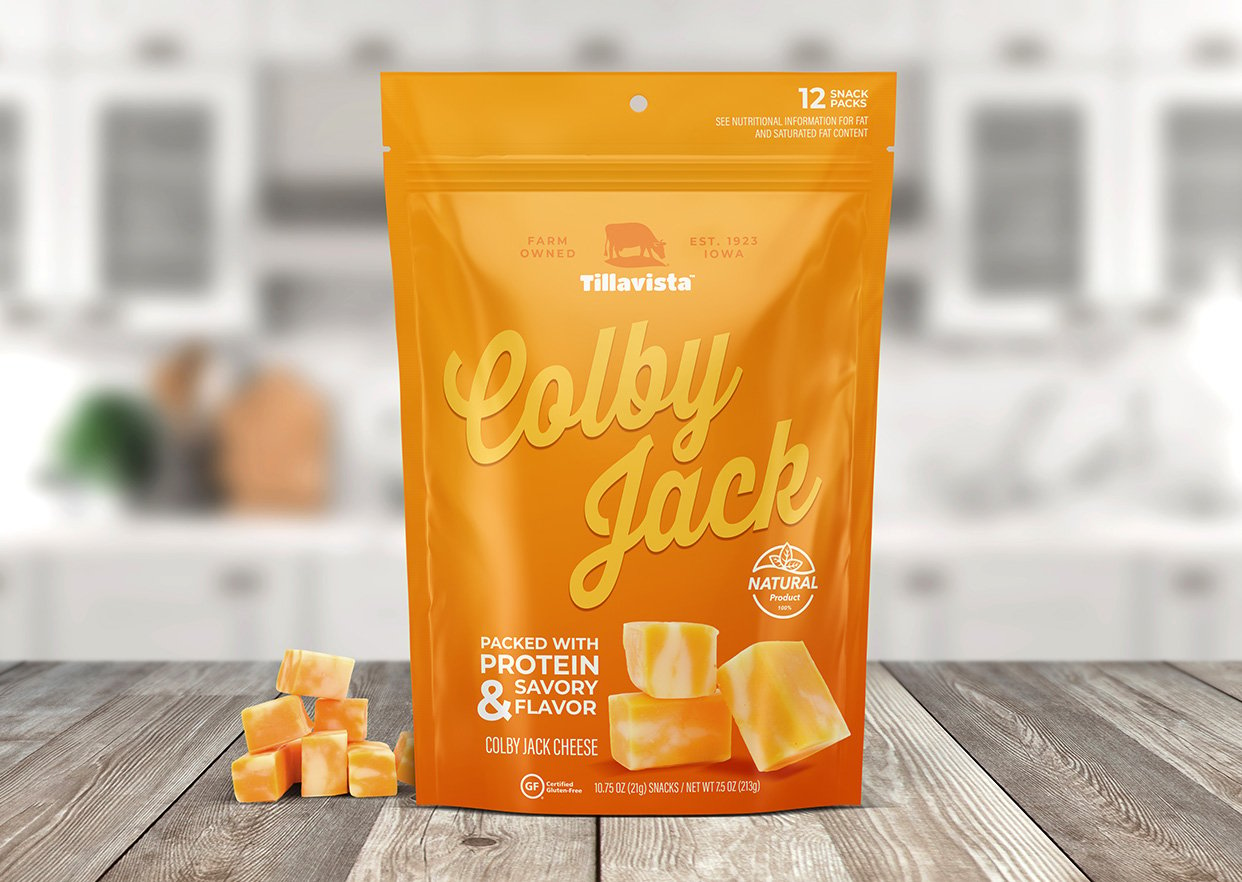
Dairy product labeling and packaging including stand-up pouches and pressure-sensitive labels with QR codes are driving dairy packaging innovation

Digital printing of labels and packaging protects brands and supports anti-counterfeiting and anti-imitation efforts for consumer packaged goods

Dive into the Global Supply Chain Trends of 2024. From paper to packaging and promo marketing, discover the raw materials trends impacting your busine...
Flexible packaging is any type of packaging that can change its shape when filled or during use. Flexible packaging is typically made from materials such as plastic film, paper, aluminum foil or a combination of materials. This type of packaging includes items like bags, pouches, wraps, rollstock, liners and other packaging types that can bend and conform to the products inside.
Pouch packaging is a type of flexible packaging made from plastic film or other materials to form a flexible, sealed container. Pouches often have a barrier layer used to hold and protect products like food, beverages, personal care items and household cleaning supplies. Pouches are also designed to stand upright on shelves.
Flexible film packaging is a type of flexible packaging made from lightweight, non-rigid films that can easily adjust to the shape of a product. Flexible film can be used for versatile and customizable packaging options like pouches, bags and wraps, which are often used to package food, consumer goods and pharmaceuticals.
Roll stock packaging is a type of flexible packaging that is created by unwinding a large roll of plastic or other packaging material and cutting it into the required size and shape for different types of packaging. Roll stock packaging is commonly used in the food, beverage, pharmaceutical and cosmetic industries.
Yes. Flexible packaging can be customized to meet your business needs. Multiple elements of flexible packaging can be designed to meet the specifications required to protect your products, including resealable closures, seal strength and seal thickness. Flexible packaging can be engineered to be manually or automatically filled, and printed in a wide array of sizes depending on the type of product being packaged. Flexible packaging materials can also showcase vivid, full-color printing that makes your brand stand out on the shelf.
Flexible packaging provides your organization with many advantages. It improves the consumer experience as it allows consumers to easily carry it wherever they go, enhancing convenience and expanding market reach. The resealable design of flexible packaging allows for convenient storage and high barrier film materials help preserve product freshness. Flexible packaging also uses less resources and materials for manufacturing and transportation, leading to cost savings and less effect on the environment.
Yes. Flexible packaging can be more eco-friendly than traditional packaging based on the materials used to make it. Sustainable flexible packaging is designed to minimize the impact on the environment by using recyclable, compostable and biodegradable materials. Flexible packaging is thin and lightweight and requires dramatically less plastic than rigid packaging. Fewer fossil fuels are consumed in the production and transport of flexible packing, meaning less greenhouse emissions, and considerably less water is used in the manufacturing process.
Yes. Flexible packaging can be made using materials that meet the FDA’s guidelines. This enables your flexible packaging solutions to protect different food types from damage and contamination during transport, and helps food stay fresh and last longer on the shelf. Depending on the type of food being packaged, different barrier films can be used to provide the level of protection required.
Yes. Taylor is happy to provide you with flexible packaging samples and certification letters upon request. Whether you need pouches, food-safe packaging or other flexible options, we can work with you to find the best solution for your products.
